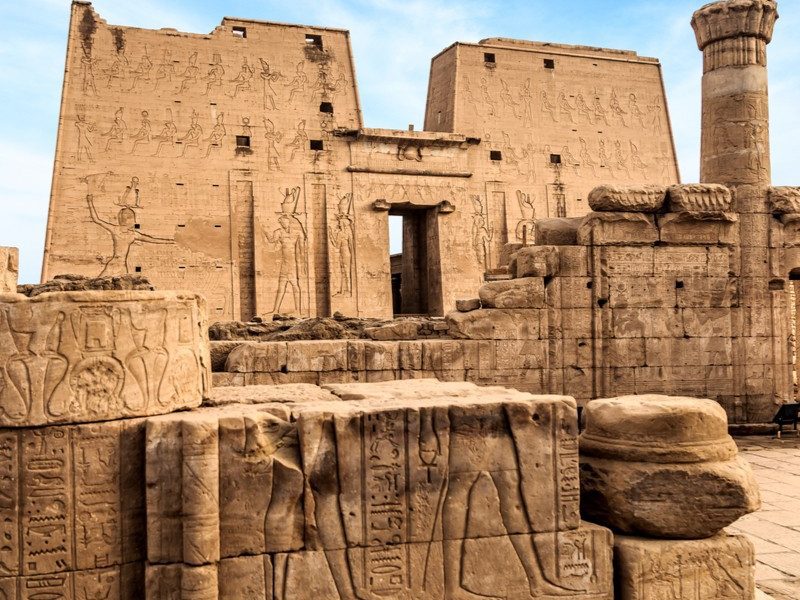Deep down the south of Egypt lies the beautiful city of Aswan. One of the sunniest places on earth, Aswan has always been a city of great importance, it is considered to be a central market although it’s the smallest of the three touristic cities on the River Nile however Aswan is beaming with beautiful scenery and ancient monuments. Aswan used to be Ancient Egyptian’s gateway to Africa. Known from the Egyptian hieroglyphs, Aswan was the Ancient city of Swenett, later known as Syene which in antiquity was the frontier town of Ancient Egypt facing the south frontier.
With a population of 1.568 million, the governorate covers an area of 34,000km². The ancient city was known as ‘Sono,’ meaning the ‘market’ in ancient times, Aswan supplied the granite to build remarkable monuments across Egypt. Aswan was most famous for its granite quarries, statues, obelisks and shrines. Did you know? The ancient Pyramids of Giza are constructed out of granite minds from Aswan which had been transported up the River Nile. Aswan was also a crucial military base of ancient Egypt.
Known as ‘Sono,’ meaning the ‘market’ in Ancient times, Aswan supplied the granite to build remarkable monuments across Egypt
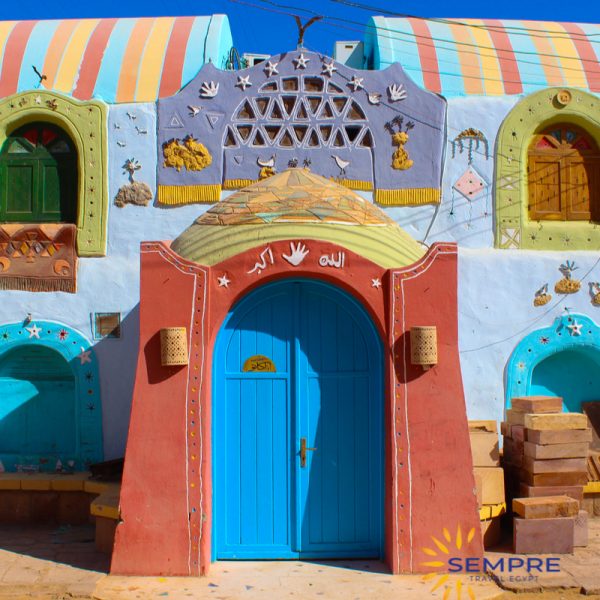

The summer season traditionally falls between April and October, which is dry, likely to be relatively hot and also peak travel time for tourists from all corners of the globe. The winter season runs between November and March, which is dry and moderately warm, however in the evening the temperatures drop across the desert allowing it to become much cooler at night. July is the hottest month in Aswan with an average temperature ranging between 42-47°C and the coldest month is January with a low of 23°C.
Our top sites you don’t want to miss when in Aswan
Nubian Culture
Nubians moved from Sudan to Aswan over 8,000 years ago. They have their own unique and distinctive Language, which is not to be confused with the Arabic language. Another interesting fact about the language is that they refuse to teach the Nubian tongue to outsiders as they consider their language a very sacred. Nubian houses are often painted blue or orange and surrounded by palm trees and gardens. Nubian people love decorating using simple yet delightful colours. Drawing shapes from the Nubian culture on the walls of their houses such as boats, camels, and palms. According to Nubian architecture, houses were built with mud bricks, using a mixture of clay, hay, sand, and water. Also designed with a dome-shaped ceiling which distributes the sun’s heat equally throughout the inside of the house.
Did you know? A typical house pet is an extraordinary choice, a crocodile. Both living and mummified crocodile’s body, hanged highly and admired in Nubian houses. The affection Nubian people have for the crocodile dates back from ancient Egyptian beliefs that the existence of a crocodile will protect them & their household from the Evil eye.
Discover the Aswan Nubian Museum, a real reminder of what has been lost beneath Lake Nasser. The Museum traces back the history, art and culture from the earliest settlements to the present day of Nubia, the region defined as the area between Aswan in Egypt and Khartoum in Sudan. In the historical city of Aswan is a archaeological Nubian Museum. Its design evokes traditional Nubian village architecture and civilization. Also, you will find the building beautifully finished by local sandstone and pink granite. Explore fascinating exhibits displayed in grand halls, taking you from 4500 BC to the current present day. The building has three floors in total. The Museum’s most extensive part is occupied by the monumental pieces, reflecting phases of Nubian culture and civilization’s development. The Museum currently houses 3000 Egyptian antiquities, representing various ages.
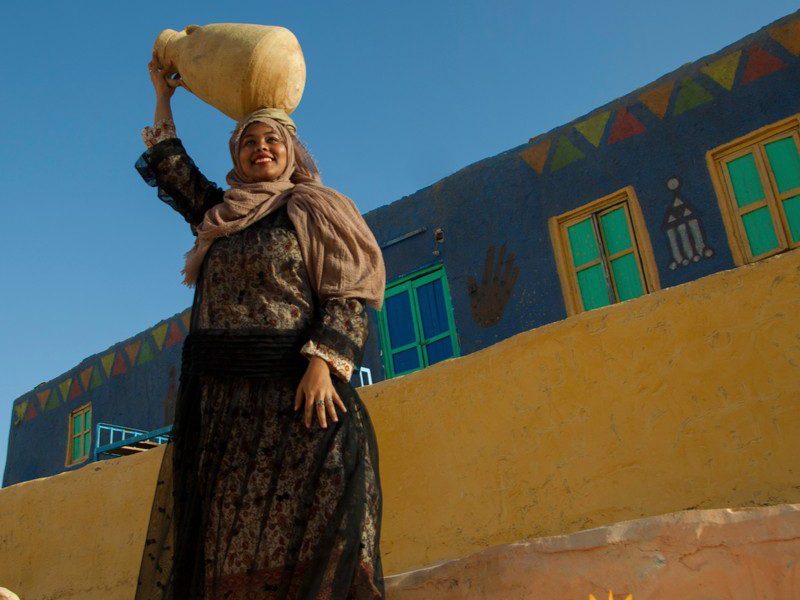
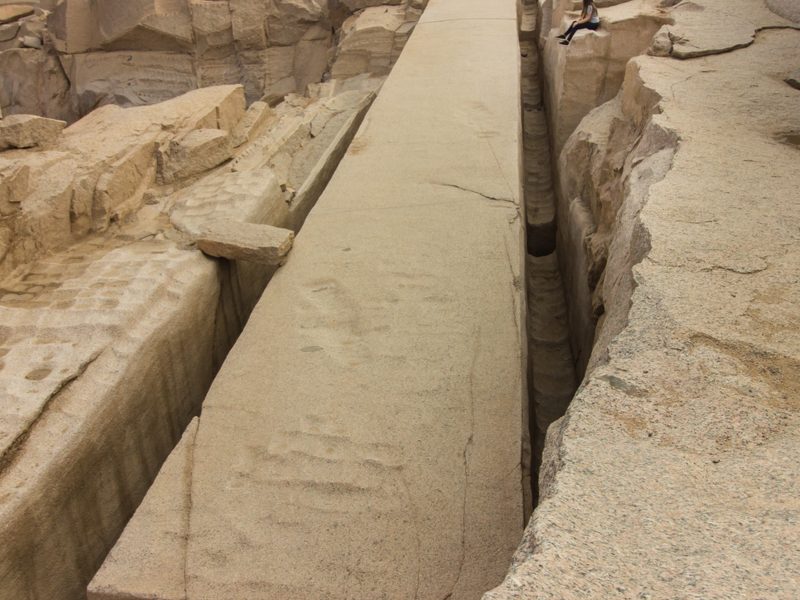
Lying as a sleeping giant in a granite bed. Discover one of Aswans top highlights, The Unfinished Obelisk. The most significant ancient obelisk and located in ancient Egypt’s stone quarries in Aswan. Hatshepsut, the queen of Thutmose II, who also ruled Egypt as a Pharaoh from 1478 to 1458 B.C. Hatshepsut ordered construction of the obelisk during the 18th dynasty, more than 3,500 years ago. The unfinished obelisk is 42m in length. Ancient Egyptians abandoned the obelisk during its construction when cracks appeared. However, had the obelisk been completed, it would have been the heaviest obelisk ever cut in Ancient Egypt, weighing 1200 tons, an incredible look at these monolithic monuments building methods.
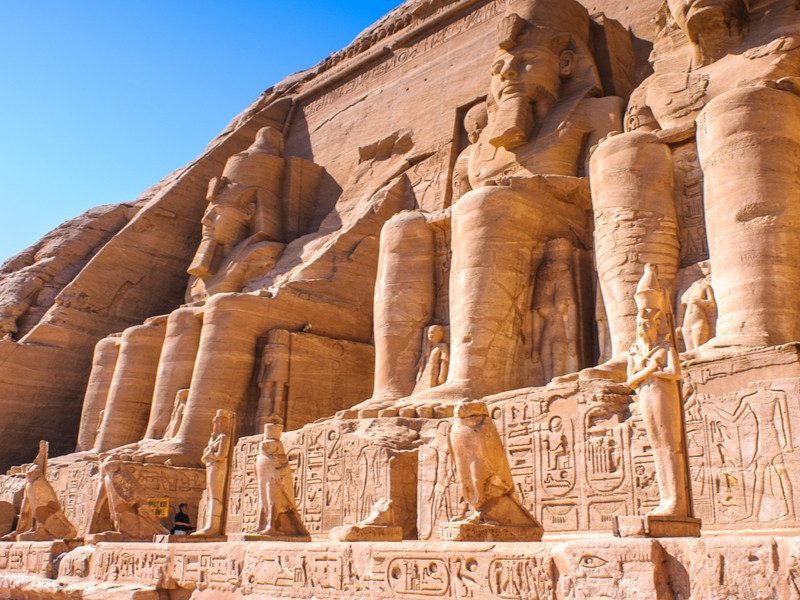
The tremendous site of the Abu Simbel temples will leave you in awe. One of the world’s most exquisite and breathtaking historical monuments. The village of Abu Simbel, showcases two grand rock-cut temples carved into the side of the mountains, dedicated to four universal gods of Ancient Egypt – Ptah, Re-Harakhte, Amun-Re and Ramesses II. Abu Simbel allows an insight to the ancient history behind Ramses II, his power and his temples. Known as Ramesses the great, the third pharaoh of the Nineteenth Dynasty. He reigns as the utmost powerful pharaoh of the New Kingdom era. Ramesses II built twin temples for himself and his queen Nefertari and ordered the construction in 1244 B.C. With the seated Gods staring down at you, stand before the grand entrance of the first temple. Equally, revel in the importance of Abu Simbels second but smaller temple of Queen Nefertari. The temple includes two statues of the queen and four of the Ancient Pharaohs. Each sculpture, set between buttresses, carved with hieroglyphics.
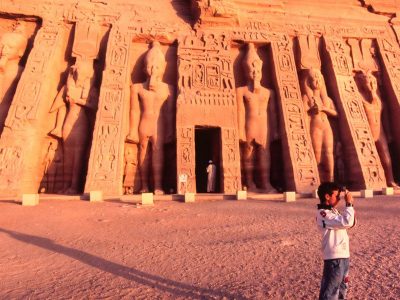
Stand before one of the world’s most significant barriers, the Aswan High Dam. It is supplying power and water to not only Egypt but also Sudan. This phenomenal concept has controlled the River Nile’s current and saved Egypt from mass flooding over the decades. Also, on our Aswan High Dam and Philae Temple tour, you will venture to Aglika Island on Lake Nassar. Hop aboard the water taxi to sail across to the renowned Philae Temple — dedicated to Isis, Horus, and Osiris. On the temple walls, you will find engravings of ancient mythology, such as Isis giving birth to Horus. Before the 1970 completion of the Aswan High Dam, the temple was disassembled and moved to Aglika Island.
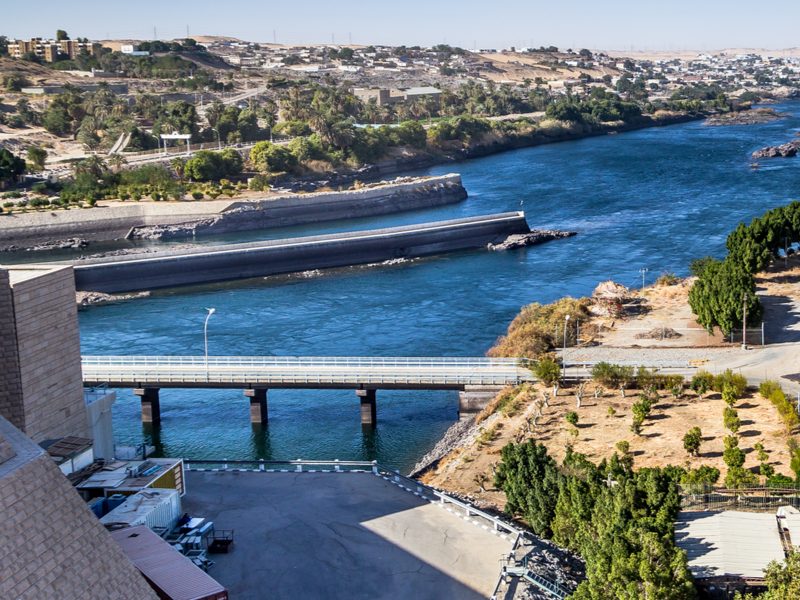
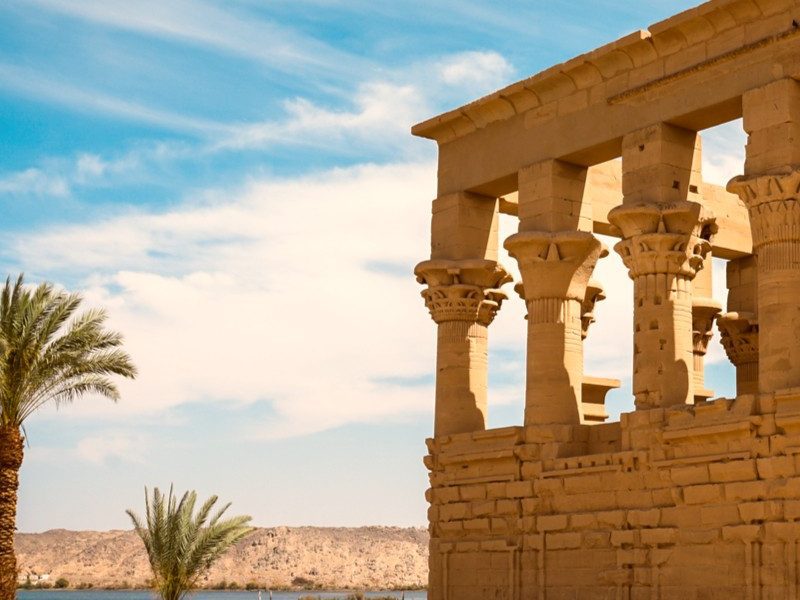
Explore the grand temple dedicated to Isis, Horus, and Osiris. The Temple of Isis is one of Egypt’s most extraordinary Temples. It occupies about a quarter of the island with its vast, complete pylons and beautiful scenes. Philae Island, a rocky island situated in the middle of the River Nile, south of Aswan. Called in Hieroglyphic “Apo”, meaning Ivory Also known by the Greek Elephantine. An important trade center, especially for Ivory. The construction began during the reign of King Ptolemy II, around 690 BC and then other Ptolemaic Kings contributed by adding more parts to the main Temple. The Temples of Philae were venerated from the Pharaonic era through the Greek, Roman, and Byzantine periods, with each ruler making their additions to the stones here.
Kom Ombo Temple, one of the Nile Valley’s most exquisite sites. Standing on the River Nile, in ancient pharaonic times, sacred crocodiles basked along the banks protecting the land. The temples architecture is unique due to its symmetrical design, therefore lead to it having two sets of courts, halls, sanctuaries and rooms.
Edfu temple dominates the west-bank town, situated 5.3km south of Esna. This Ptolemaic temple, dedicated to Horus the avenging son of Isis and Osiris. Built between 237 and 257 BC the temple escaped the destruction of the Nile flooding. Edfu Temple reigns in as the most exhaustive and well-preserved Egyptian temple.
